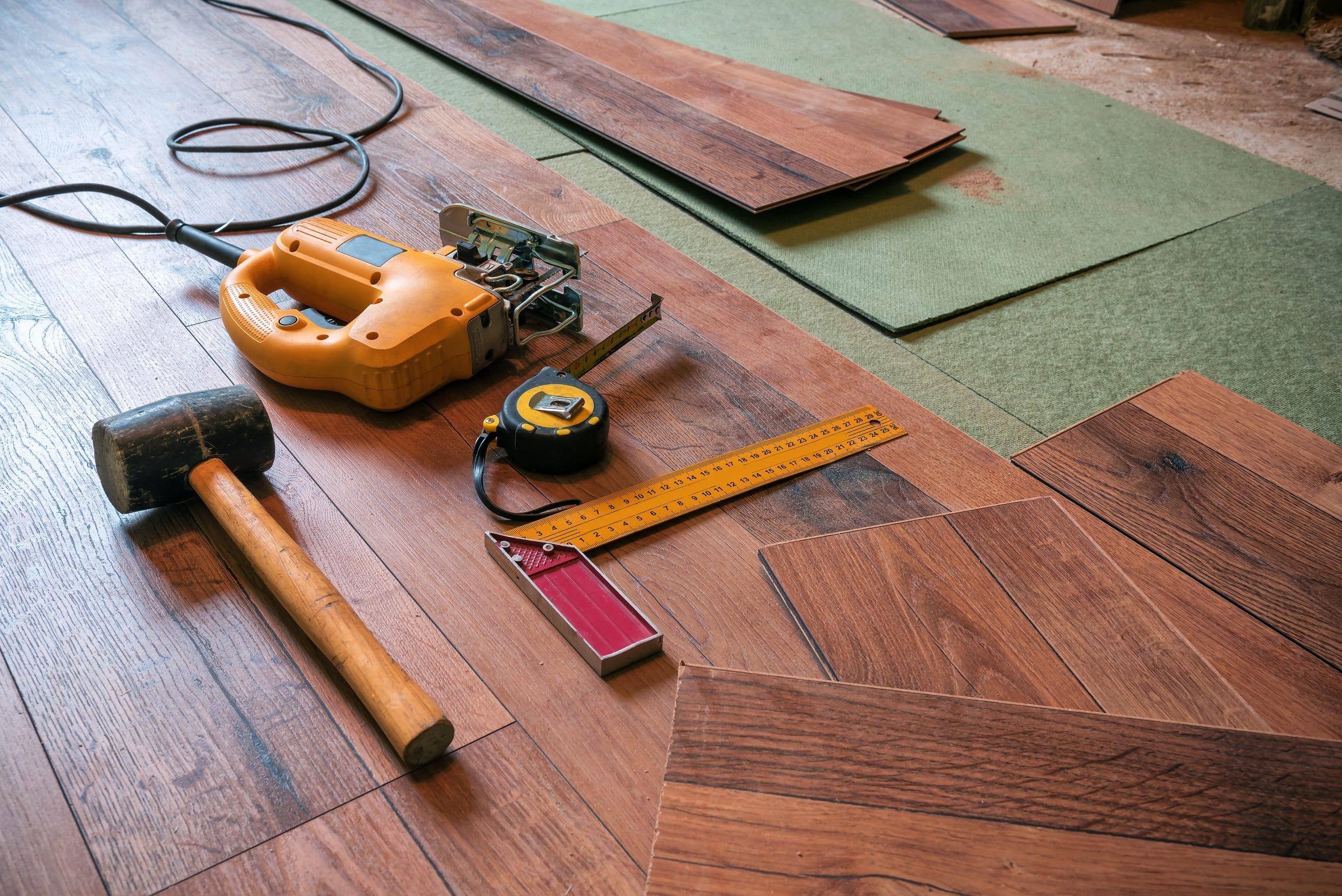The Essential Guide to Flooring Tools: Elevate Your Installation Game

When it comes to flooring installation, having the right tools can make all the difference. Whether you're a professional contractor or a DIY enthusiast, understanding the various flooring tools available is essential for achieving a flawless finish. This guide will walk you through the must-have flooring tools, their uses, and tips for selecting the best equipment for your project.
Understanding Flooring Tools
Flooring tools are specialized equipment designed to assist in the installation and maintenance of different types of flooring, including hardwood, laminate, tile, and carpet. Each type of flooring requires specific tools to ensure proper installation and durability.
Essential Flooring Tools for Every Installer
-
Measuring Tools
- Tape Measure: A long, flexible tool that allows you to measure distances accurately. Always choose a tape measure with a locking mechanism to maintain precision during measurements.
- Square: This tool helps ensure that your cuts are straight and angles are correct, particularly for tile and hardwood installations.
-
Cutting Tools
- Utility Knife: Perfect for cutting vinyl and carpet, a sharp utility knife is a staple in any flooring toolkit.
- Flooring Cutter: This is a specialized tool for cutting laminate and engineered wood flooring. It provides clean cuts without damaging the material.
- Tile Cutter: Essential for tile installations, a manual or electric tile cutter will help you achieve precise cuts without chipping the tiles.
-
Installation Tools
- Nail Gun: For hardwood flooring, a nail gun is invaluable for speeding up the installation process. It drives nails into the wood with precision and minimizes manual labor.
- Flooring Pull Bar: This tool is critical for tapping planks together during installation, especially for tongue-and-groove flooring systems.
- Tapping Block: This accessory is used in conjunction with a hammer to tap the edges of flooring planks together without damaging them.
-
Leveling Tools
- Level: A must-have for ensuring that your floor is even. This tool prevents uneven surfaces, which can lead to complications later on.
- Self-Leveling Compound: While not a tool in the traditional sense, this material is essential for leveling subfloors before installation.
Additional Tools to Consider
While the essential tools listed above will cover most flooring projects, there are additional tools that can enhance your installation experience:
- Floor Scraper: Useful for removing old flooring or adhesive, ensuring a clean surface for new installations.
- Knee Pads: Protect your knees during long hours of installation, especially on hard surfaces like tile or hardwood.
- Dust Mask: Important for protecting your respiratory health, particularly when working with materials that generate dust.
Tips for Choosing Flooring Tools
When selecting flooring tools, consider the following factors:
- Quality: Invest in high-quality tools that will last through multiple projects. Durable tools can save you money in the long run.
- Compatibility: Ensure that the tools you choose are suitable for the type of flooring you are installing.
- Ergonomics: Look for tools that are comfortable to use, especially if you will be working for extended periods.
For more details visit our website: Intafloors
Conclusion
Having the right flooring tools is crucial for a successful installation. By understanding the essential tools and their uses, you can improve your efficiency and achieve a professional finish. Whether you're tackling a small DIY project or a larger commercial job, investing in quality flooring tools will make all the difference. So, gear up, and get ready to transform your space with stunning new floors!
- Art
- Causes
- Crafts
- Dance
- Drinks
- Film
- Fitness
- Food
- Oyunlar
- Gardening
- Health
- Home
- Literature
- Music
- Networking
- Other
- Party
- Religion
- Shopping
- Sports
- Theater
- Wellness
- IT, Cloud, Software and Technology


